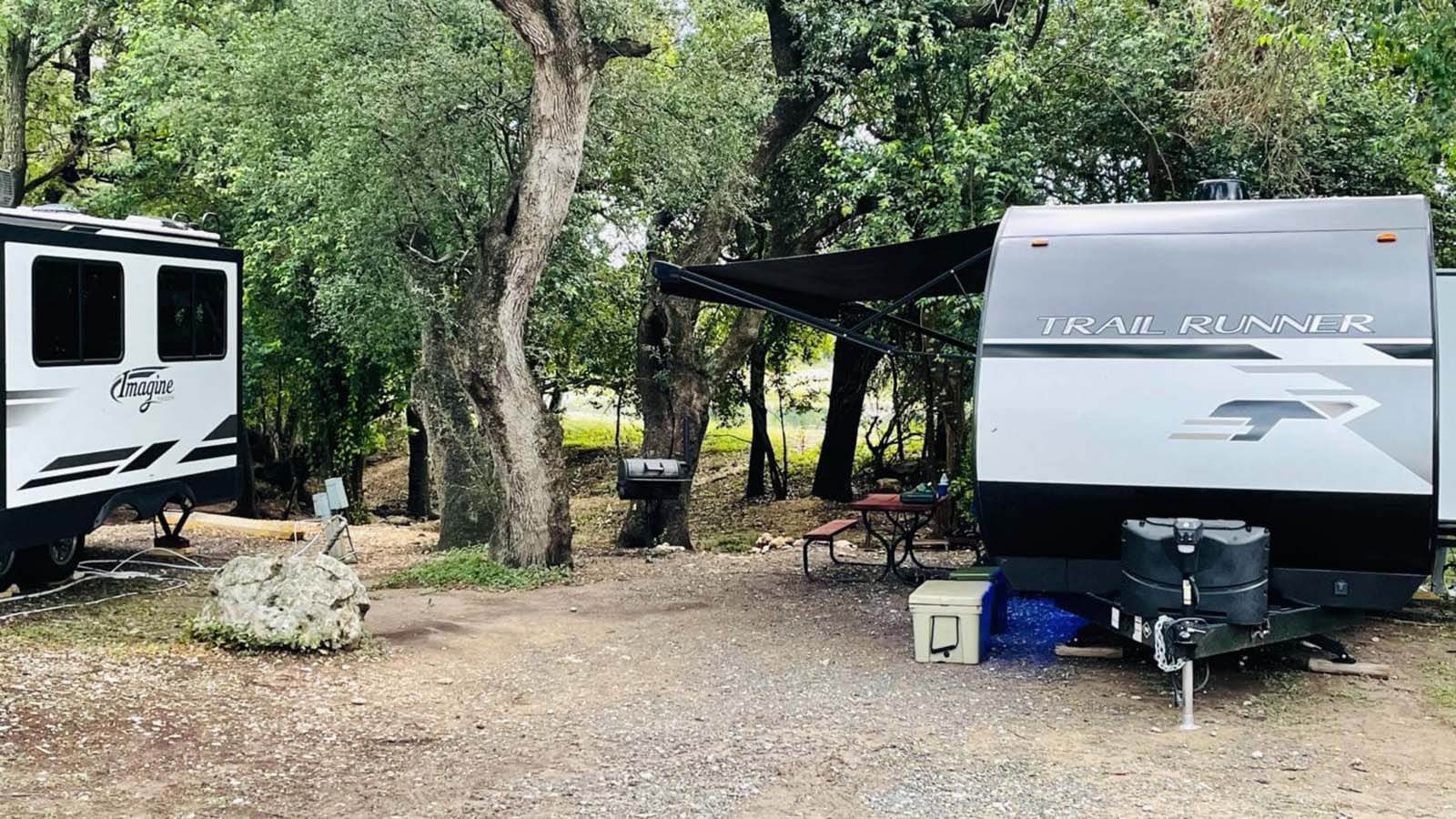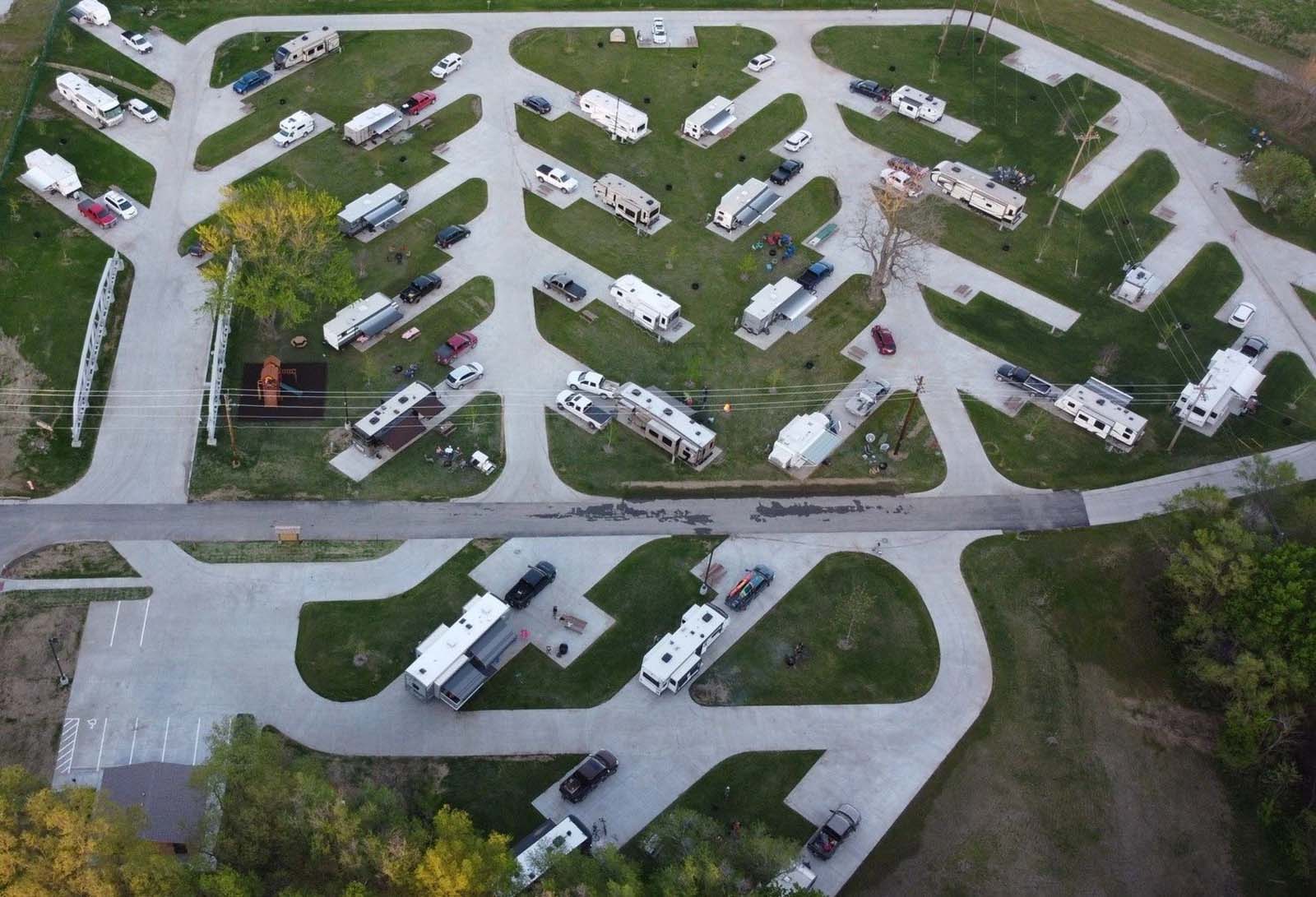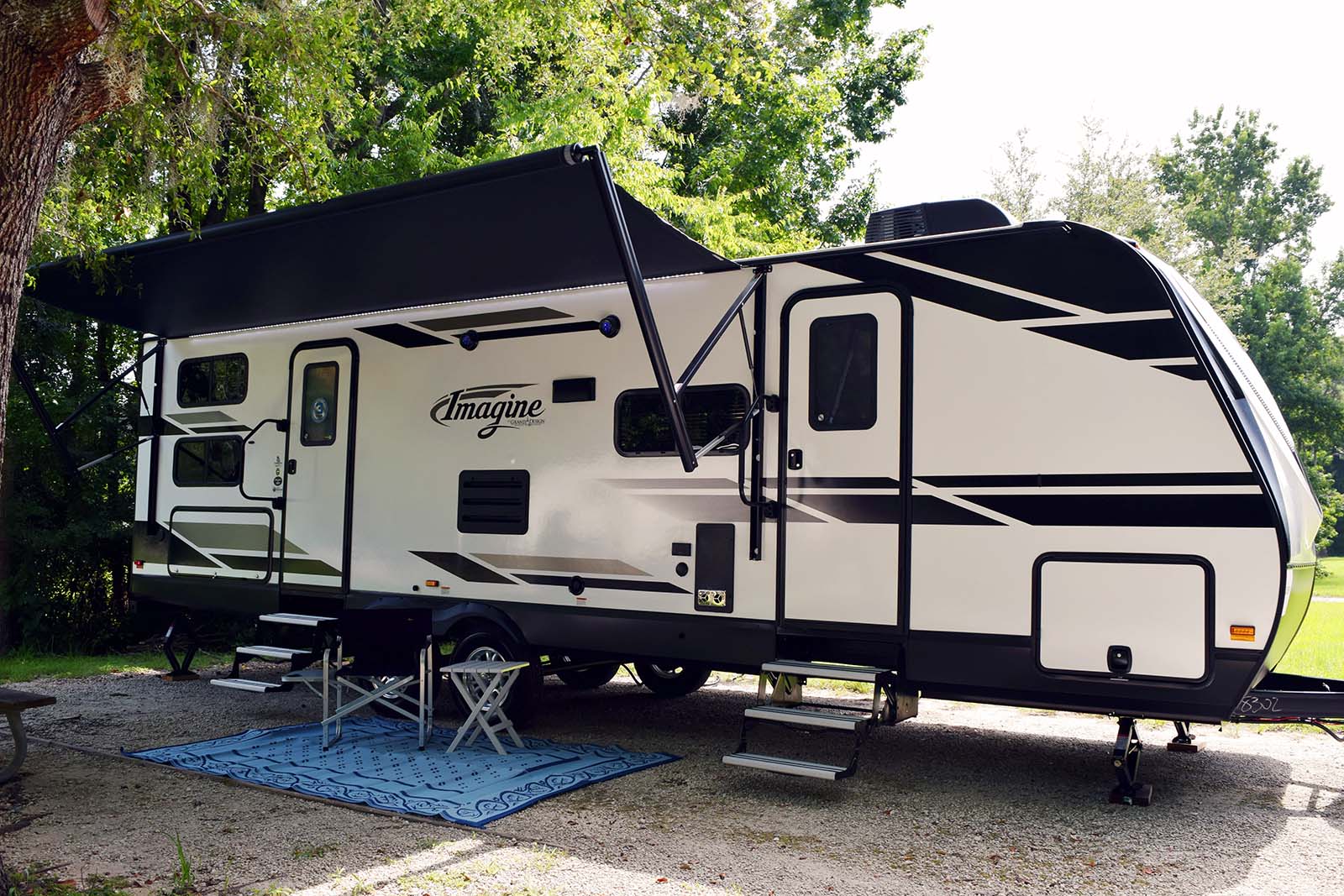How to Hook Up 2 RV Batteries: Tips and Guidelines for a Seamless Connection

For individuals who love hitting the road in their RVs, having a reliable power source is crucial. This is where RV batteries play a significant role. In order to maximize your RV’s electrical capabilities, setting up two batteries can be a game-changer. In this article, we will guide you through the process of hooking up two RV batteries efficiently.
1. Determining the Battery Placement
Before anything else, decide where you would like to place your batteries. Usually, RVs have a dedicated battery compartment. Assess the available space and ensure it can accommodate two batteries side by side. Take measurements if necessary, and make sure the batteries fit snugly while leaving room for proper ventilation.2. Checking the Compatibility of Batteries
To connect two RV batteries seamlessly, it is important to ensure they are compatible. Both batteries should have the same voltage rating and capacity. Matching batteries eliminate the risk of imbalances in power distribution, maximizing the efficiency of your RV’s electrical system.
3. Gathering the Necessary Tools and Materials
To successfully connect two RV batteries, gather the following tools: battery terminal cleaner, wrench or pliers, battery cables with appropriate length, battery isolator, battery post protector spray, and safety gloves. Having everything ready in advance saves time and makes the installation process smoother.4. Safe Battery Disconnect
Before handling the batteries, ensure your RV is disconnected from any power source. Turn off the main power supply and disconnect the negative terminal of your current battery setup. Safety is paramount during this process, so wearing protective gloves and goggles is highly recommended.5. Connecting the Batteries
Begin by examining the battery connections in your RV. Connect the positive terminal of the first battery to the positive terminal of the second battery using a battery cable. Then, connect the negative terminal of the first battery to the negative terminal of the second battery using another cable. This parallel connection ensures both batteries share the workload equally.
6. Installing a Battery Isolator
Consider installing a battery isolator to prevent power depletion from draining both batteries simultaneously. A battery isolator acts as a barrier between the primary and auxiliary batteries, ensuring they are charged independently. This way, even if one battery is drained, you will always have a backup power source available.7. Securing and Protecting Battery Connections
After connecting the batteries, secure all connections tightly using appropriate wrenches or pliers. To prevent corrosion and enhance the longevity of your batteries, apply a battery post protector spray on the terminals. This coating helps resist the build-up of dirt, moisture, and acid.8. Testing the Electrical System
Once the batteries are securely connected, reconnect the RV to the main power supply and turn on the electrical system. Test all appliances and lights to ensure they are functioning properly. If any issues arise, double-check the battery connections and ensure they are all properly crimped.9. Regular Maintenance and Charging
Proper maintenance is essential to prolong the life of your RV batteries. Regularly check the battery water levels, clean the terminals with a battery terminal cleaner, and ensure the connections are tight. Additionally, charge the batteries fully before every trip to ensure a consistent power supply on the road.10. Seeking Professional Assistance
If you are uncertain about the installation process or have any doubts about your electrical knowledge, it is always advisable to seek professional assistance. Experienced technicians can guide you through every step and ensure a safe and efficient RV battery hookup.In conclusion, hooking up two RV batteries can provide a more reliable power supply for your adventures on the road. By following the steps outlined in this article, you can ensure a seamless connection and enjoy the benefits of an extended power source during your RV journeys. Remember to prioritize safety and regular maintenance to maximize the lifespan and functionality of your RV batteries. Safe travels!

